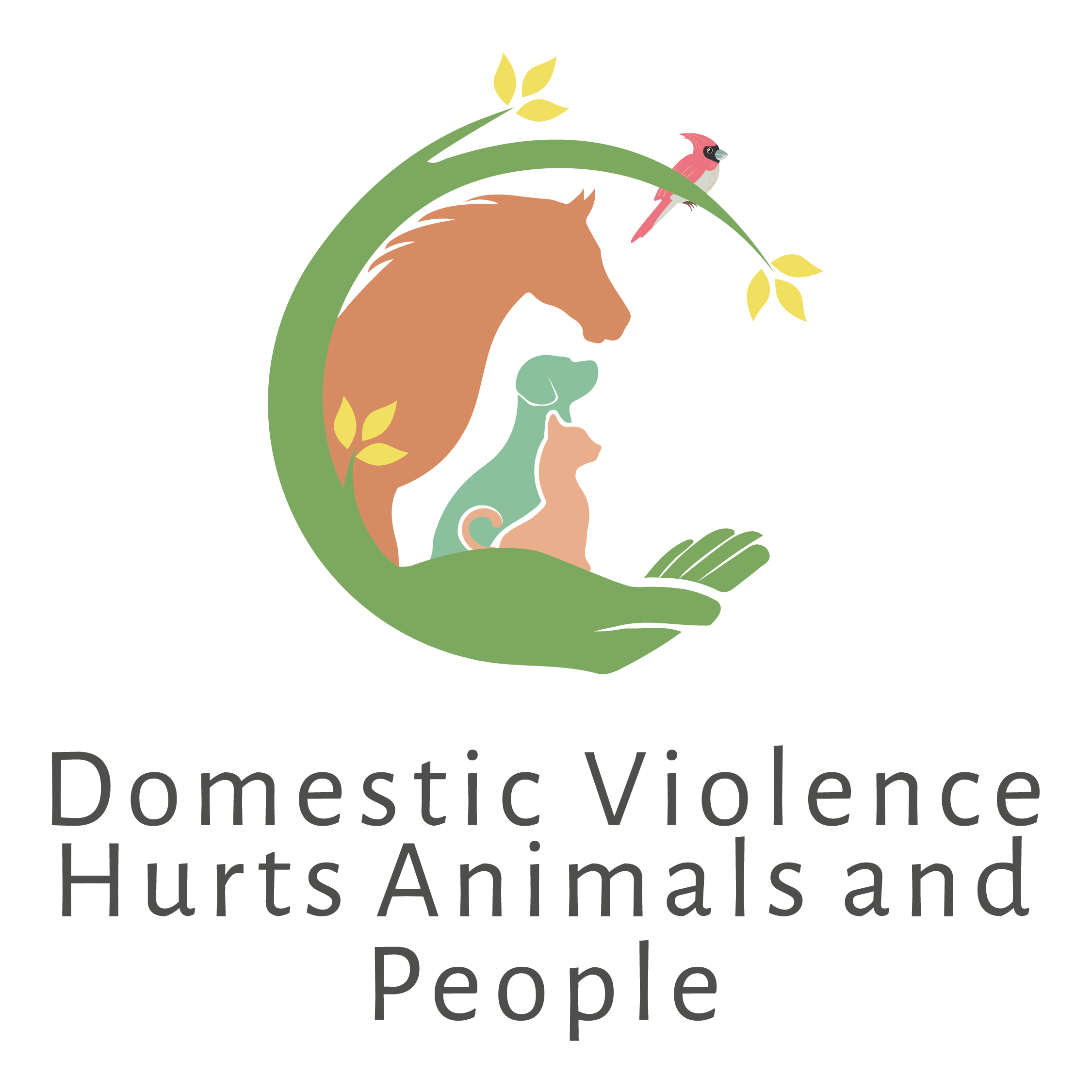CELEBRATE WITHOUT HARM
Domestic Violence Hurts Animals and People
(DVHAP)
Pet animals’ live side by side with most of us in the U.S. 53% of households have at least one dog and 35% of households have at least one cat. According to a recent American Pet Products Association annual survey of pet owners, nearly two-thirds consider their pets to be family. Nearly half buy birthday presents for their four-legged family members, one-third cook for them and 71% will sleep in bed with them.
These staggering statistics show we now give more love to our pets than in any other time in human history. However, equally as staggering are the statistics of abuse our pet animals suffer by human hands. As pets move into our lives and our homes, they often move into violent family situations where they are used as pawns to control the victims. Animal legal protections pale in comparison to our legal protections so there is little help from our legal systems. Therefore, pet animals living in violent homes can become open game for abuse.
We acknowledge that people who hurt animals don’t stop with animals, and that there is an established link between cruelty to animals and violence toward humans — regularly referred to as “The Link”. Therefore, it’s critically important that cruelty toward animals be taken very seriously by law enforcement and by society at large because it will not only help animals, but will also help people who are at risk.
Source of Statistics: Sentient Media.

How do these statistics relate to violence in the family?
Thousands of studies from fields of psychology, criminology, sociology and law support a correlation between animal cruelty, family violence, and other forms of interpersonal violence. When pet animals are neglected or abused, it is a warning sign that other household members may not be safe. Abusers may threaten or harm animals to gain control of their human victims to prevent them from leaving or speaking about their abuse.
Contact Us To HelpForms of animal cruelty include, but are not limited to:
→ Overcrowding or hoarding where animals are not given adequate space. (Includes being left in a crate where they are unable to stand or turnaround).
→ Environmental abuse. Neglected and forced to live in an unsanitary or unsafe environment, such as continuous crating or tethering/chaining. Leaving dogs outside without food or shelter, either continuously, for long periods or during inclement weather (this also exposes them to animal attacks).
→ Denial of basic care. Includes withholding food, water, or medical attention.
→ Psychological abuse. Long term restraint and/or intensive confinement can severely damage a dog’s psychological well-being. When kept continuously chained or intensely confined, an otherwise friendly and docile dog becomes unhappy, neurotic, anxious, and often aggressive.
Abuse And Our Keiki
♥ Keiki exposed to domestic violence were three times more likely to be cruel to animals.
(Currie, 2006)
♥ One-third of battered women reported their children had hurt or killed animals.
(Ascione, 1998)
♥ In one-third of families investigated for child abuse, the children had also abused animals.
(DeViney, Dickert & Lockwood, 1983)
♥ Keiki who were sexually abused were five times more likely to abuse animals.
(Ascione, Friedrich, Health & Hayashi, 2003)
Contact Us To Help
Latest news from our blog
Check back shortly

